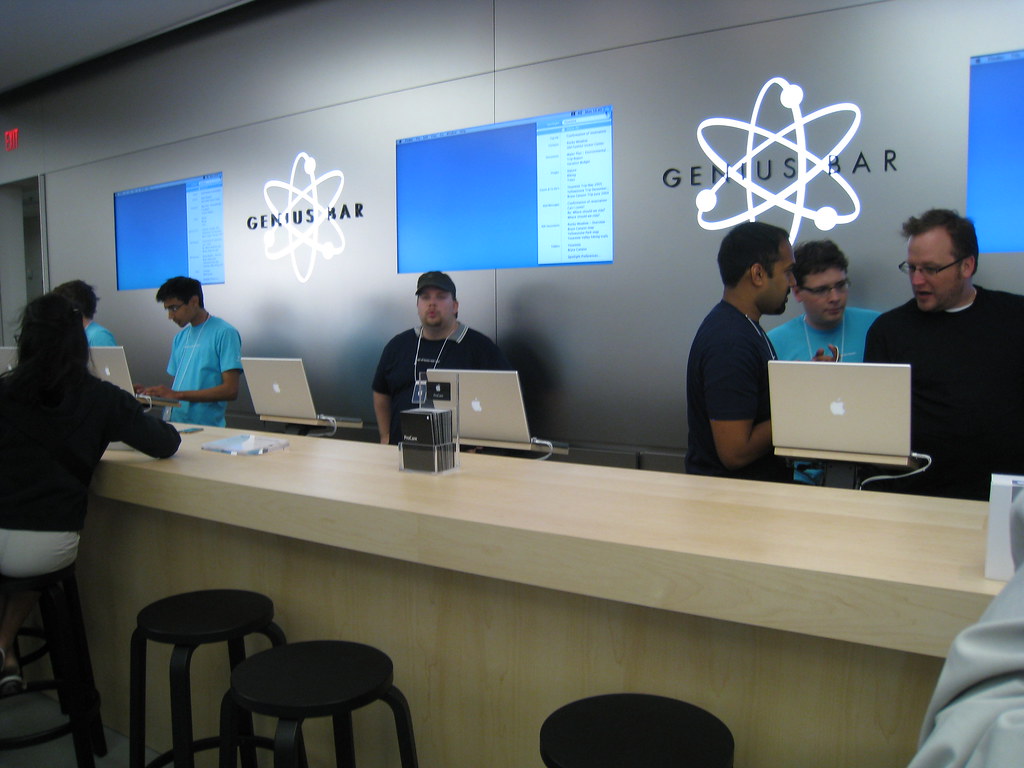Offered Services
Customer service, including complimentary services offered, is one way that retailers differentiate themselves in a crowded marketplace. Perspective point: According to a 2011 survey conducted by Harris Interactive, 86% consumers indicated they would pay more for a better customer experience and 89% switched to a competitor following a poor customer experience.[2] Looking forward, customer experience consulting firm Walker projects that by 2020 customer experience will become the key brand differentiator, outweighing both price and product.[3] And, unlike competing on price – sometimes categorized as “a race to the bottom” – customer service can be a source of enduring brand and business value.
EXAMPLE: NORDSTROM
Nordstrom—a brand synonymous with customer service—is a case in point. Nordstrom has been cultivating customer service excellence for over 115 years and author Robert Spector has translated that experience and expertise into three, highly rated (4+/5 on Amazon) The Nordstrom Way books. As noted in the publishers write-up on The Nordstrom Way to Customer Service Excellence’s back cover: Nordstrom is “one of only five companies” to be ranked on Fortune’s “Best Companies to Work For” and “Most Admired” list every year the surveys have been conducted. While bragging rights are great, revenue is what keeps a business in business. While 9/11 and the Great Recession took a toll on many retailers, Nordstrom’s focus on both internal and external customers paid off. According to Wiley, Nordstrom never experienced a quarterly loss during the recent economic downturn.[4]
In a Shopify blog post, author Humayun Khan notes that one of the ways Nordstrom delivers exceptional service is by eliminating customer’s “pain points.” For example, rather than pointing a customer to a particular brand, product or department, a Nordstrom salesperson will walk you there.[5] That level of attention is the difference between basic and exceptional or luxury service.

Apple’s Genius Bar, the free in-store technical services team available to troubleshoot Apple devices, is another example of exceptional customer service that serves as a market differentiator and builds brand loyalty. Luxury product – $1,000 for the current iPhone X, before factoring in cases and other accessories – luxury service.
Of course, not every consumer is a Nordstrom or Apple customer. Some customers just want—and just want to pay for—the basics. McFIT, the largest fitness center chain in Europe,[6] serves that market with a just-the-essentials gym with a “Simply look good” tagline.[7] In order to keep membership fees low, there are no premium services such as fitness classes, saunas and swimming pools.[8] McFIT has also launched fitness studios at very low budget and premium price points, offering a range of fitness experiences.
While customer service level expertise and service offerings vary, It’s important to understand that customers have expectations of a basic level of service. For example, accurate pricing and labeling are basic expectations. Having products in stock—in particular when a retailer’s website indicates stock on hand—is a basic service expectation. Grocery stores with self-check options are outliers; in general, accurate billing/checking—including removal of any security devices—is a minimum customer expectation. The key is to understand your customer’s value proposition and deliver a relevant level of service.